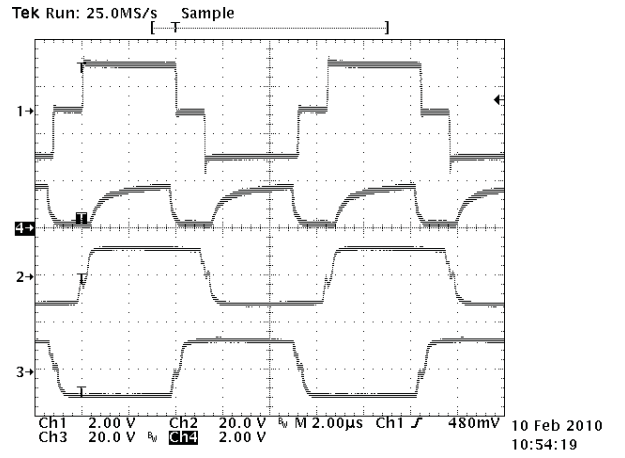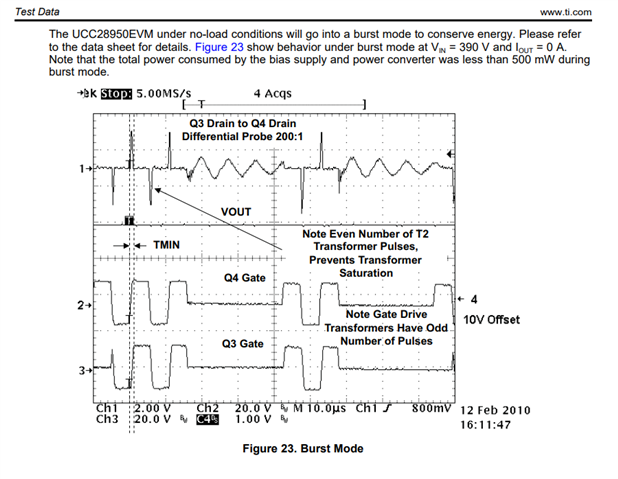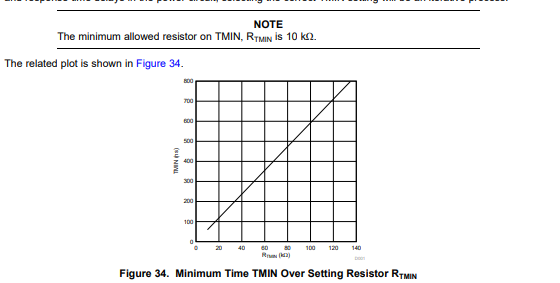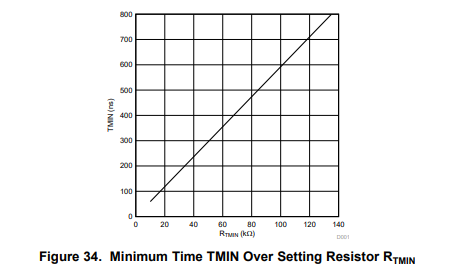Other Parts Discussed in Thread: , UCC2895
Hello,
The waveform in Fig1 can be seen every few times during burst mode under light load.
What is this happening?
I usually use Fig2 most of the time.
Is this normal? Are there any countermeasures?
I'm working on increasing the efficiency of light loads.
I think it would be even better if this was removed.
regards
Wave form_Light Load.pdf






